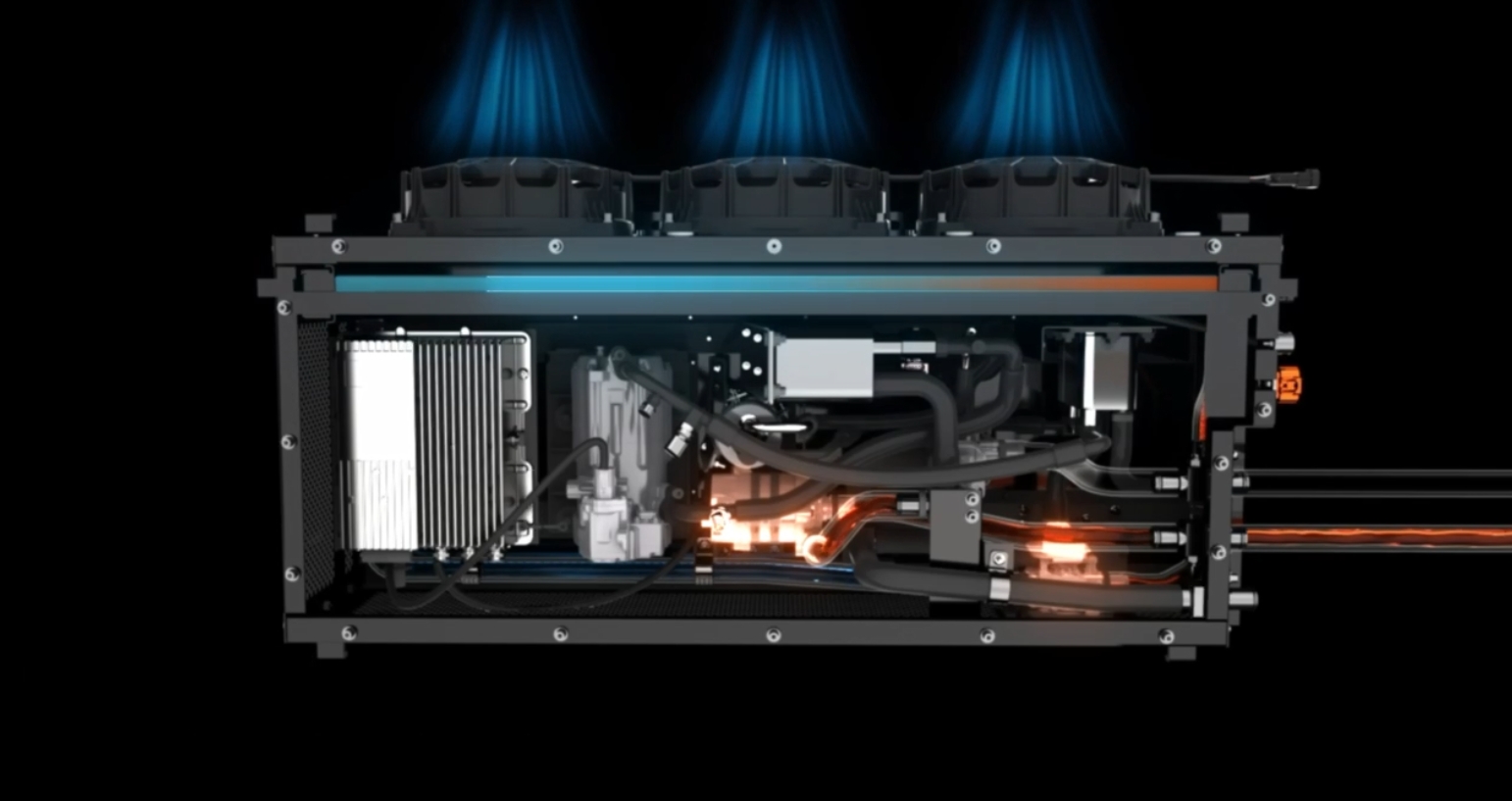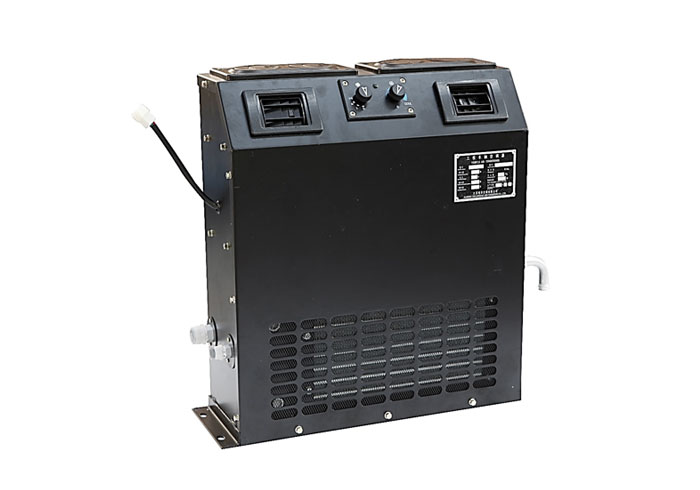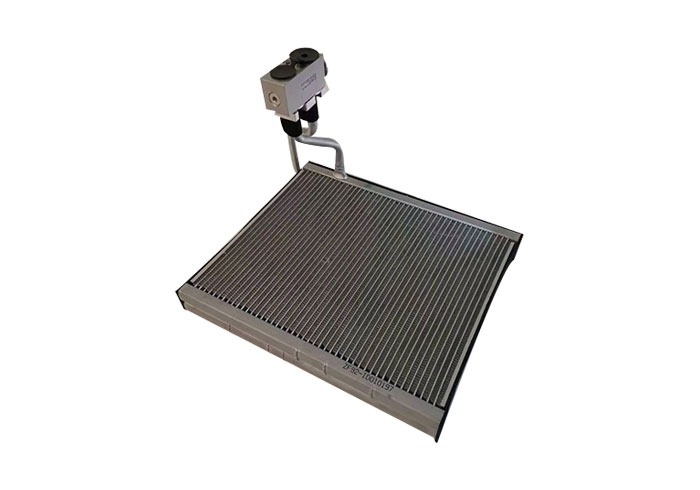Under scorching heat, the temperature of an engineering vehicle’s battery pack quietly climbs toward a critical threshold. A decade ago, this might have triggered system failure or thermal runaway. Today, an embedded intelligent thermal management system predicts risks in advance, autonomously activating liquid cooling to pull the battery back to safety within three minutes—where precision in temperature control dictates the outcome of the new energy revolution.
The Limits of Passive Dissipation: When “Heat Sinks” Fall Short
Traditional battery thermal management long relied on passive technologies: structural optimization, metal heat sinks, thermal-conductive fillers… These approaches act like a “dissipation coat” for batteries. While mitigating basic temperature rise, they suffer from critical flaws:
- Unidirectional regulation: Unable to actively respond to complex scenarios like sudden surges or drops.
- Delayed response: Dependent on physical heat conduction, failing to block chain reactions.
- Data blind spots: Monitors temperature alone, ignoring multi-dimensional variables like current and internal resistance。
As new energy vehicles and energy storage stations demand higher energy density and rapid charging, passive dissipation hits its ceiling. Balancing safety and performance requires a next-generation breakthrough.
The Rise of Intelligent Thermal Control: Data-Driven “Predictive” Regulation
The core of this transformation shifts thermal management from “post-failure remediation” to dynamic prediction and coordinated control. Xuzhou Xinrun Intelligence’s R&D achievement—the “Intelligent Supervision System for Battery Pack Thermal Management Based on Multi-Dimensional Data“—epitomizes this leap. The system constructs a closed loop through three modules:
1、Data Analysis Module: Extracts real-time variables (current, voltage, internal resistance), generates multi-dimensional feature combinations, and applies coordinate-space consolidation algorithms to output high-precision “analytical temperature.”
2、Temperature Analysis Module: Compares analytical vs. monitored temperatures, calculates dynamic deviations (|analytical temp. – monitored temp.| ÷ analytical temp.), and predicts anomalies via deviation curves.
3、Temperature Control Module: Integrates device-level cooling (e.g., liquid circulation) and functional adjustments (e.g., power reduction), matching optimal strategies to thermal-regulation timelines.
The Multi-Dimensional Coordinate Consolidation Algorithm serves as the technological soul—converting massive test data into spatial coordinates, iteratively merging adjacent points (dual-threshold control for temperature/coordinate distance), and refining a minimalist, high-precision fitting function. This slashes computational load from minutes to seconds.
Xuzhou Xinrun Intelligence: The “Thermal Control Specialist” for Engineering Machinery
Xuzhou Xinrun Intelligence operates a 100-acre production base and holds National High-Tech Enterprise certification. Rooted in engineering machinery, it supplies thermal solutions for industry leaders like XCMG and Sany Heavy Technology. Behind its technological leap lies robust industry-academia collaboration:
- Co-established the “Jiangsu Engineering Machinery Vehicle Air Conditioning Engineering Research Center” with Shanghai Jiao Tong University and Southeast University.
- Maintains 20+ authorized patents and advanced testing platforms (e.g., enthalpy-difference labs, salt-spray test benches).
From patents like the “Liquid Jet Flow Enhancement for Refrigeration Systems” (boosting efficiency by 30%) to its intelligent battery thermal architecture, Xuzhou Xinrun’s innovation consistently prioritizes the dual helix of precision and energy efficiency.
The Future: “Neural Awakening” of Thermal Management
The shift from passive to intelligent thermal control transcends temperature regulation:
- For users: 40% longer battery lifespan, 50% reduced winter range degradation.
- For industry: Energy storage stations withstand 4C fast charging; engineering machinery achieves cold starts at -30°C.
- For safety: Multi-dimensional anomaly assessment advances thermal runaway warnings by 15 minutes.
As Xuzhou Xinrun’s practice reveals: The essence of thermal control is the proactive mastery of energy flow. With each battery cell gaining a “digital twin,” the vision of zero thermal accidents in the new energy era accelerates toward reality.
Upgrading thermal management is never about piling on components— it is a symphony of data and the physical world.
Within millisecond decisions lies a battery’s “survival philosophy.”




